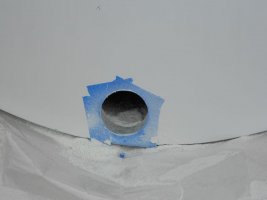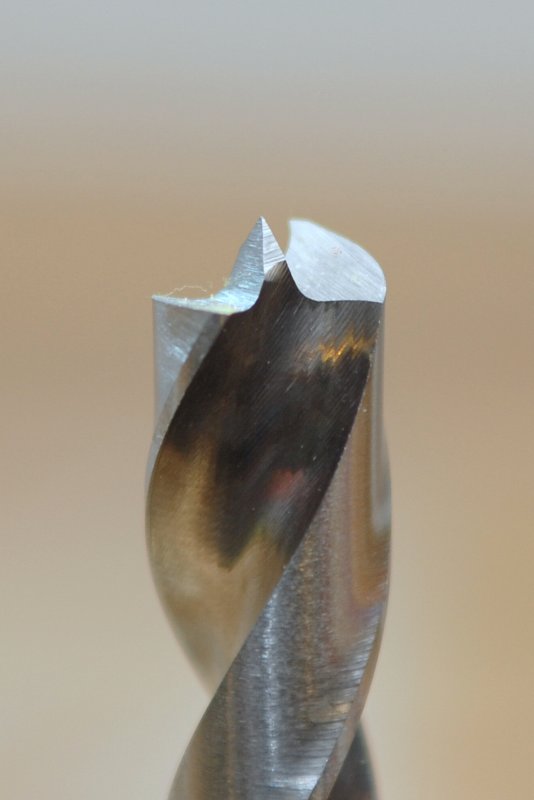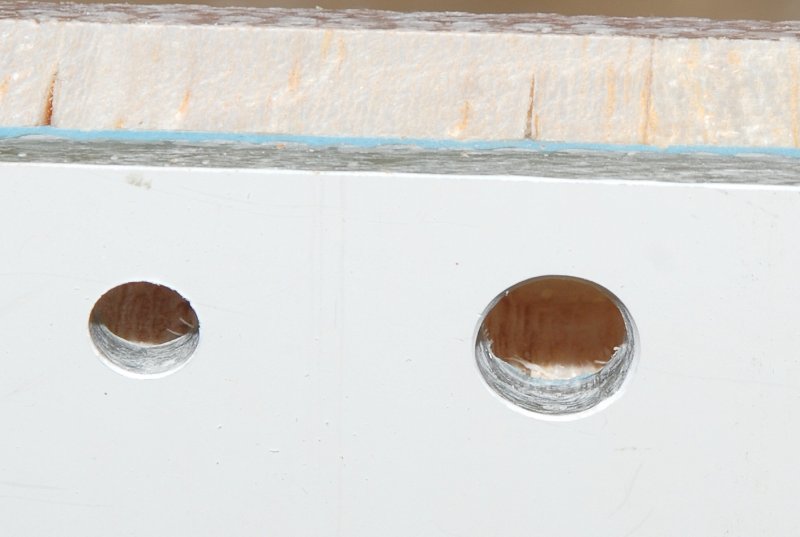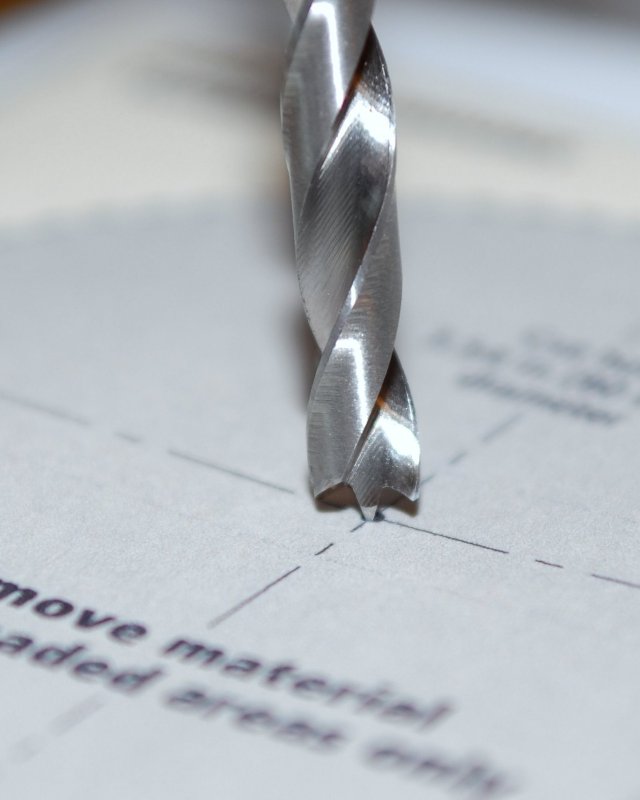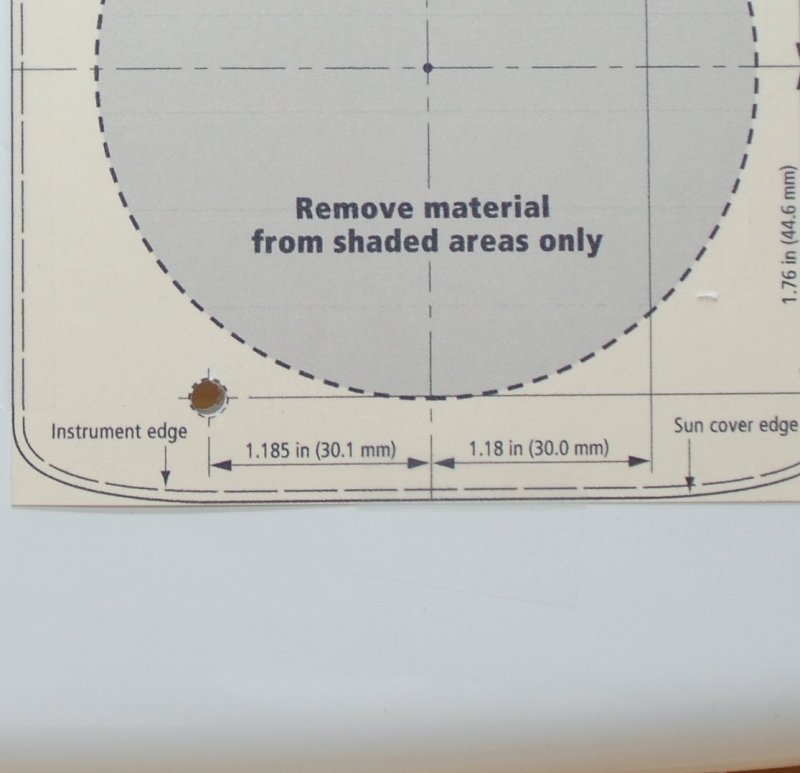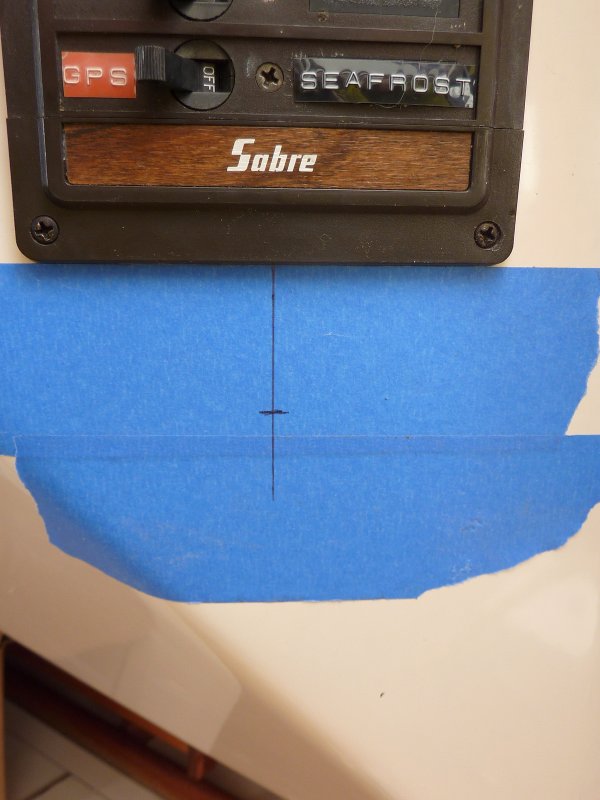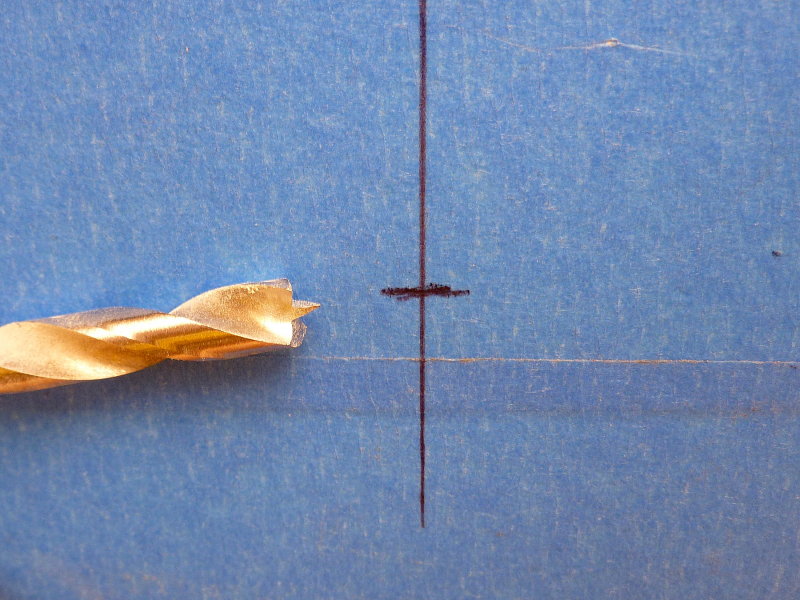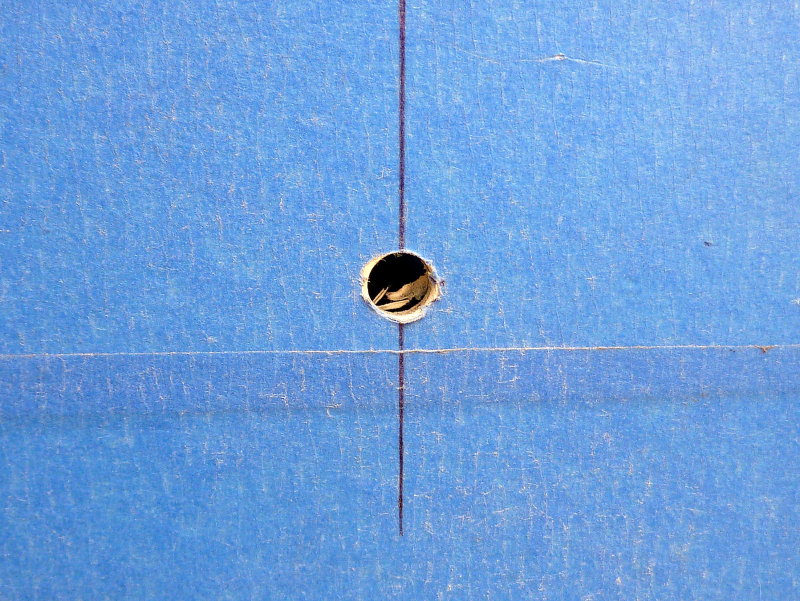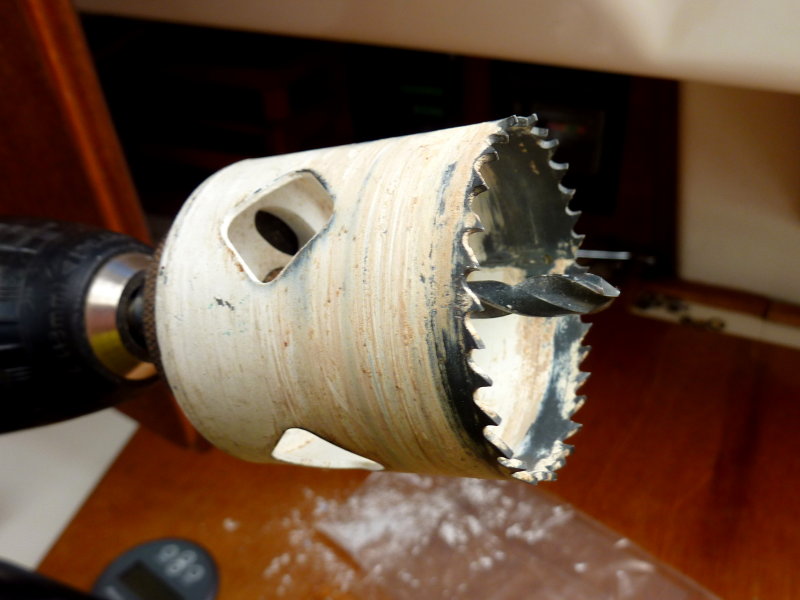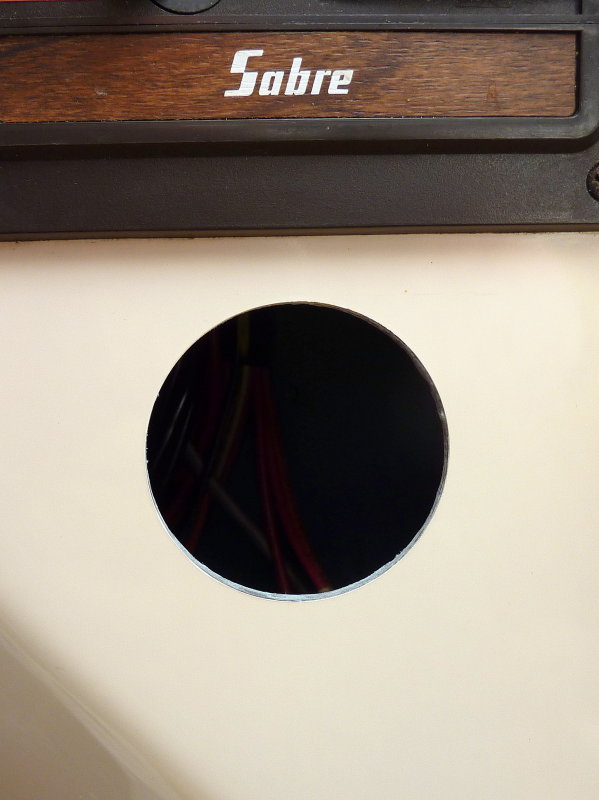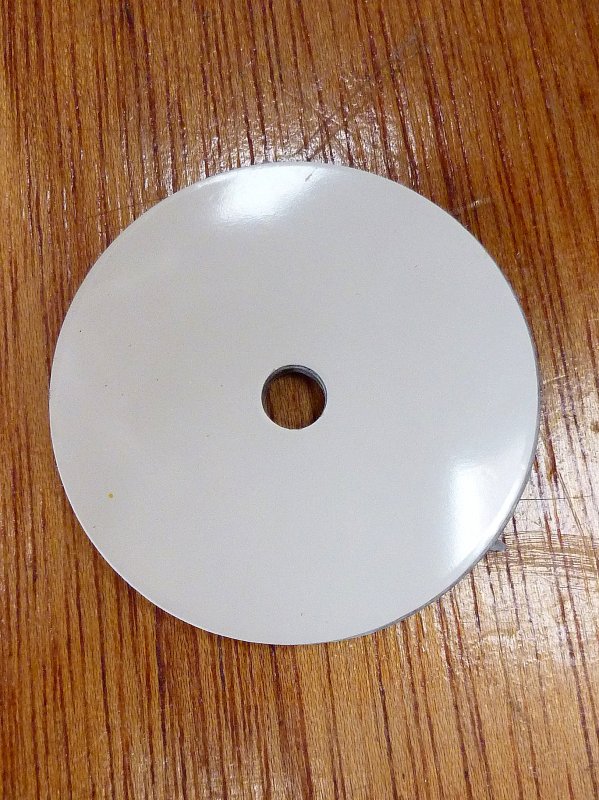Sven
Seglare
I'm probably doing something fundamentally wrong. I have never had a hole saw not bind when cutting a hole.
Tomorrow we hope to start cutting the 3.5" hole in the stern for the Cape Horn and I really want to avoid the binding problem.
http://www.grenander.com/Senta_II/Blog/Entries/2012/3/29_Pilot_hole_drilled_(Sven).html
Right now I'm just hoping that the suggestion that we just run the saw at a high speed and not put pressure on it is the approach that solves the problem, but I have my doubts.
Any suggestions would be welcome, even the ones we might ignore
-Sven
Tomorrow we hope to start cutting the 3.5" hole in the stern for the Cape Horn and I really want to avoid the binding problem.
http://www.grenander.com/Senta_II/Blog/Entries/2012/3/29_Pilot_hole_drilled_(Sven).html
Right now I'm just hoping that the suggestion that we just run the saw at a high speed and not put pressure on it is the approach that solves the problem, but I have my doubts.
Any suggestions would be welcome, even the ones we might ignore

-Sven

